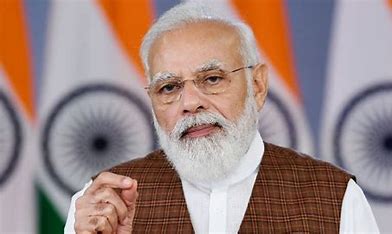The Internet of Things (IoT) is rapidly changing the world we live in, and IOTA is at the forefront of this revolution. As a distributed ledger technology (DLT), IOTA is uniquely positioned to enable machine-to-machine (M2M) transactions on a global scale. In this article, we will explore the benefits of IOTA for IoT applications and how it is revolutionizing the way machines interact with each other.
Note* For more information click on the image
IOTA is a decentralized, open-source cryptocurrency built on a distributed ledger technology called the Tangle. Unlike traditional blockchains, the Tangle does not use miners to validate transactions. Instead, users must validate two previous transactions in order to make a new one. This makes the Tangle faster, more scalable, and more energy-efficient than traditional blockchains.
The IoT is all about connectivity – connecting devices, machines, and systems to create a seamless, automated experience. However, traditional payment systems are not designed for M2M transactions. They are too slow, too expensive, and require human intervention.
IOTA solves these problems by providing a fast, secure, and cost-effective way for machines to transact with each other. Since there are no miners, there are no transaction fees. This makes IOTA ideal for micropayments, which are essential for many IoT applications.
In addition, IOTA’s Tangle technology allows for near-instant transactions, which is essential for real-time applications. For example, imagine a smart car that needs to pay for tolls, parking, and charging as it drives. With IOTA, these transactions could be completed instantly, without the need for human intervention.
There are many cryptocurrencies that could be used for IoT applications, but IOTA has several unique advantages:
There are countless use cases for IOTA in the IoT, but here are a few examples:
IOTA is revolutionizing the way machines interact with each other in the IoT. With its fast, secure, and cost-effective M2M transactions, IOTA is uniquely positioned to enable a more connected, automated world. As the IoT continues to grow, we can expect to see more and more applications of IOTA in a wide range of industries.














